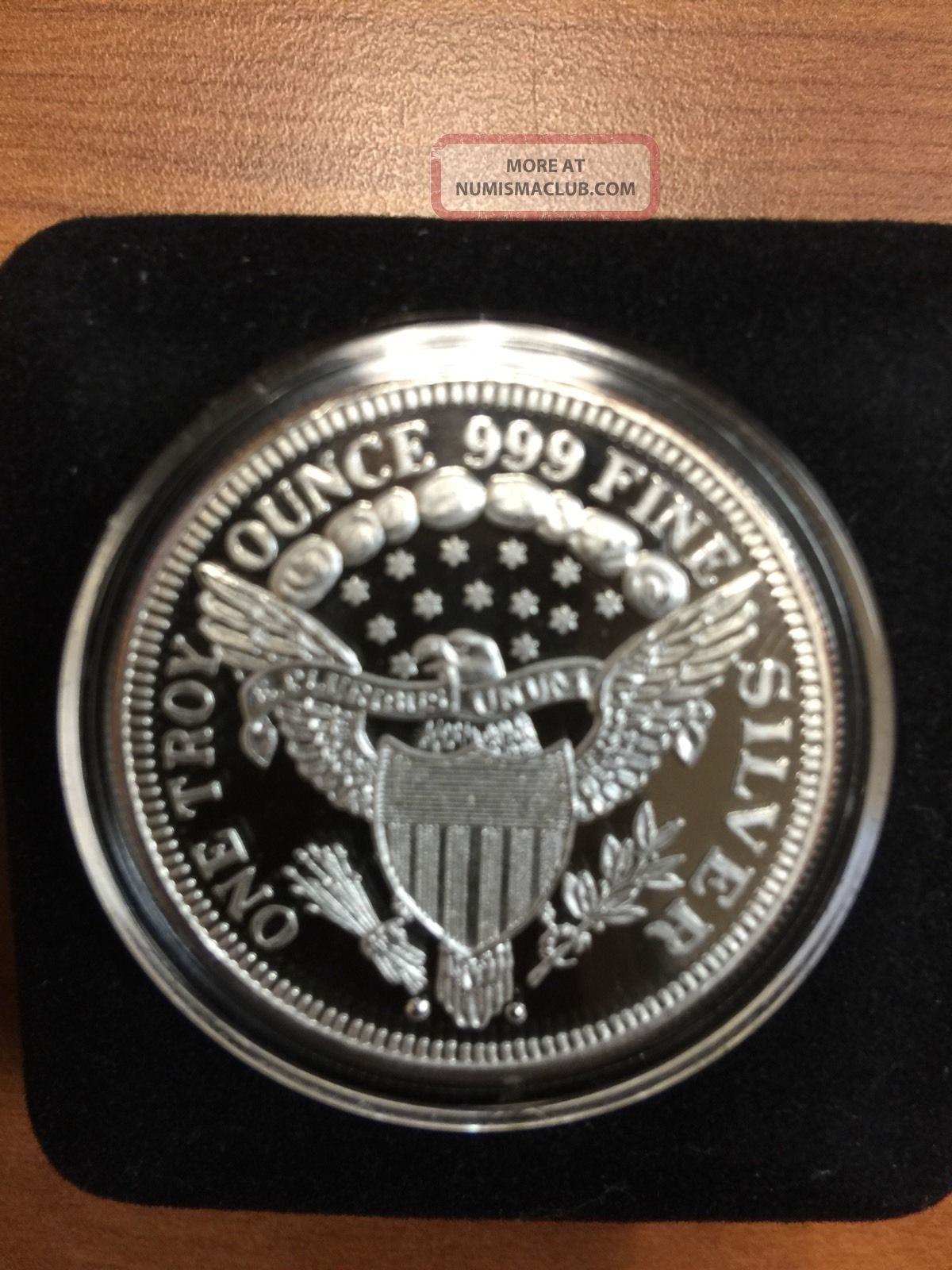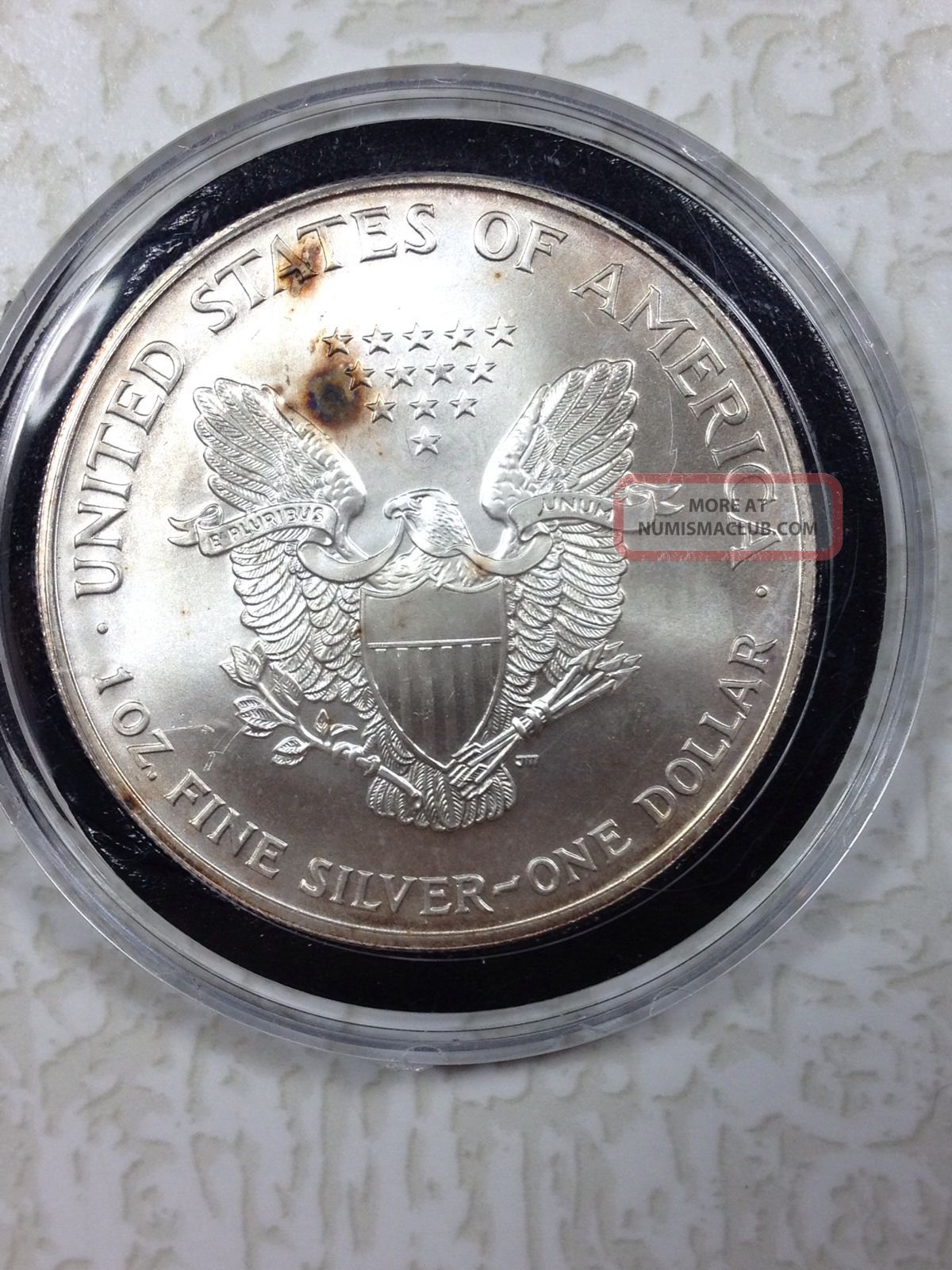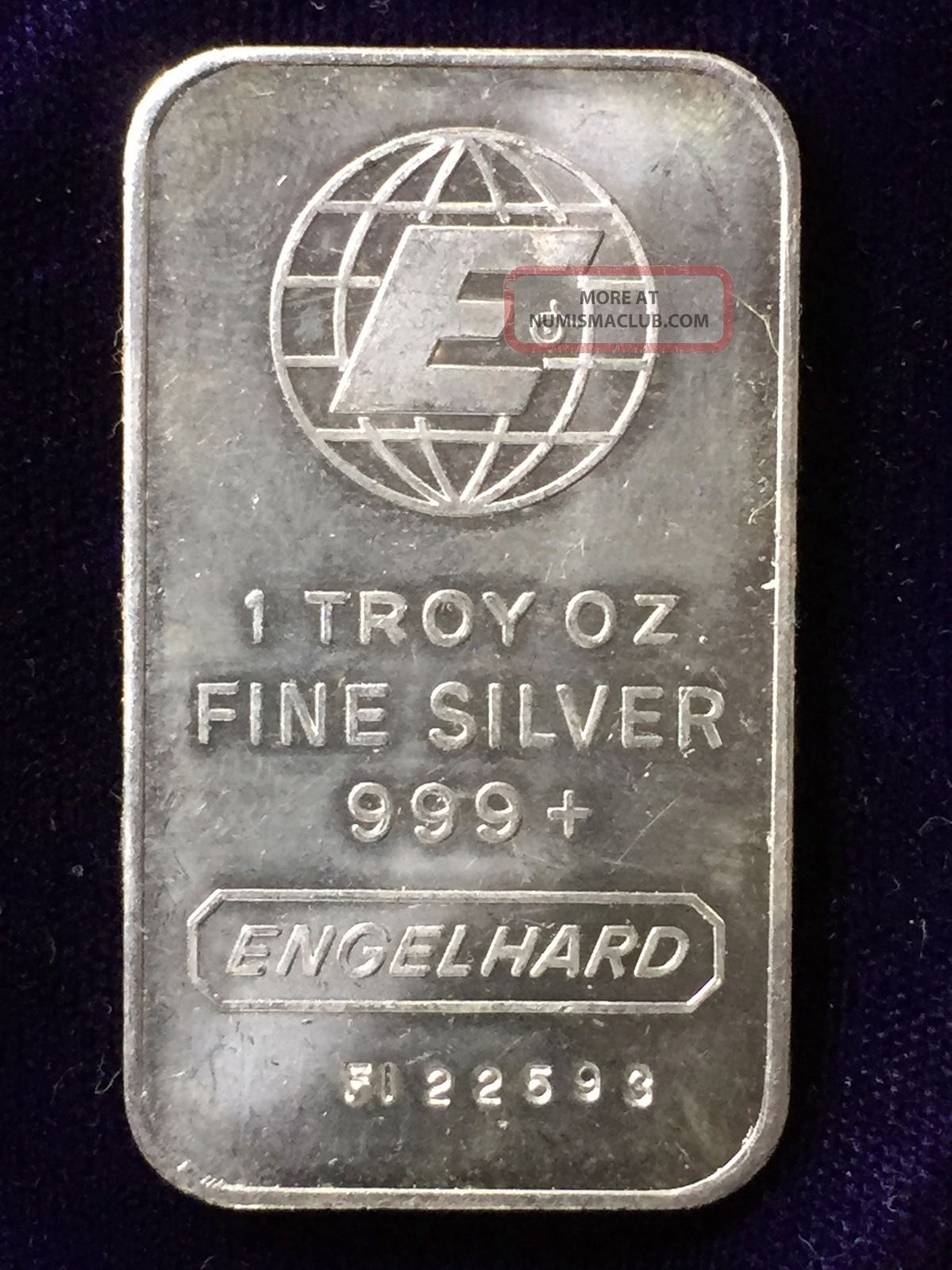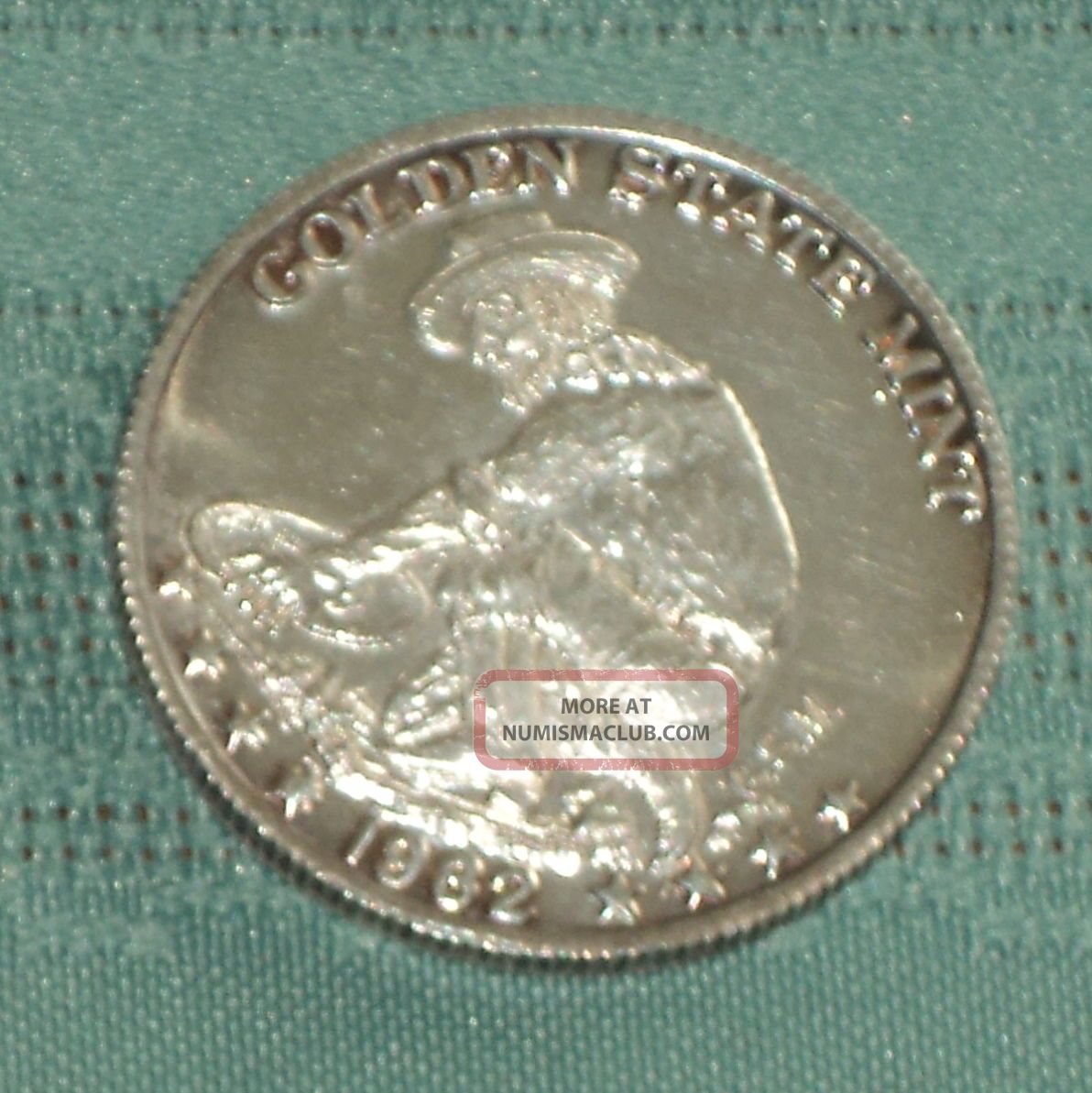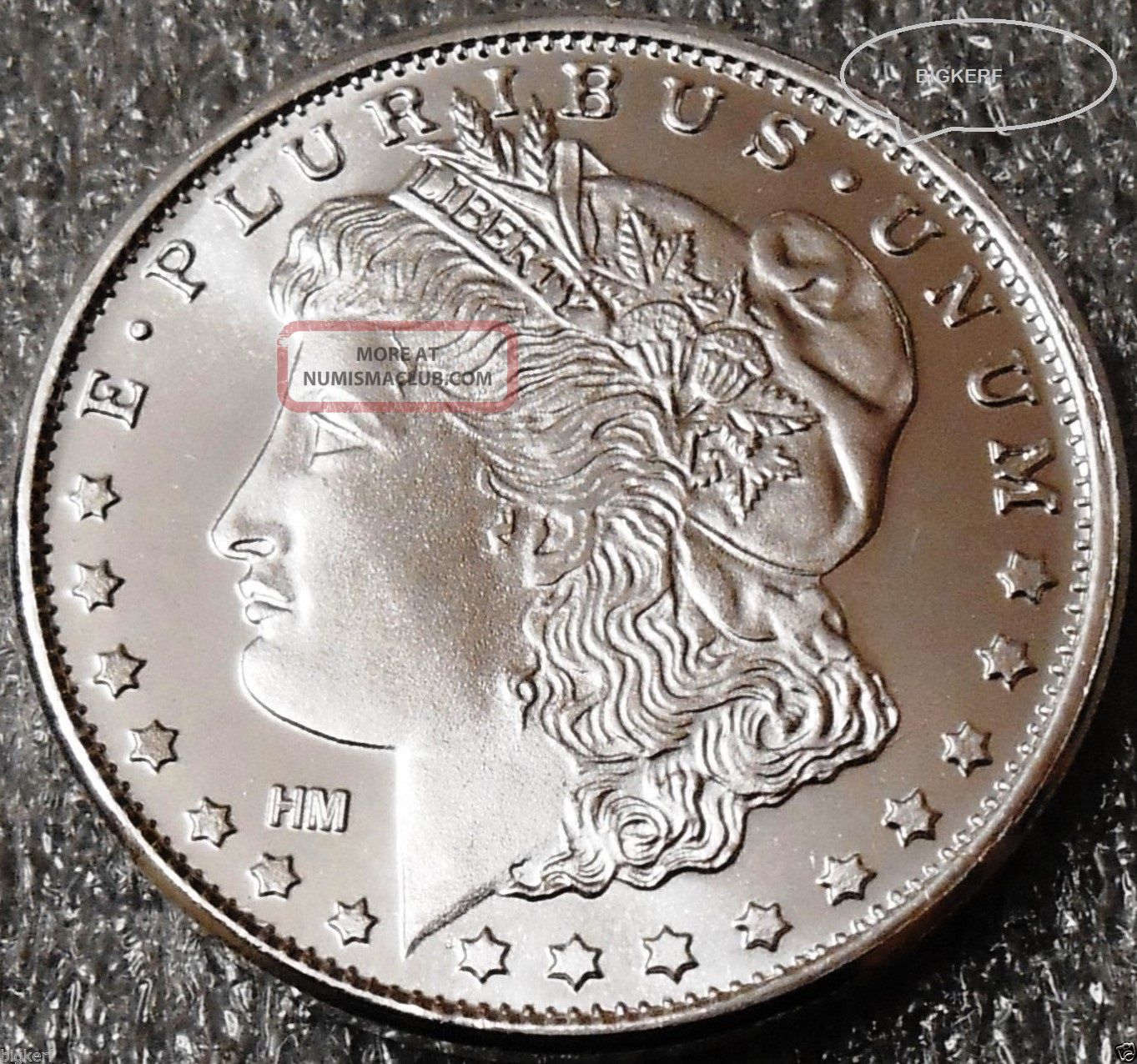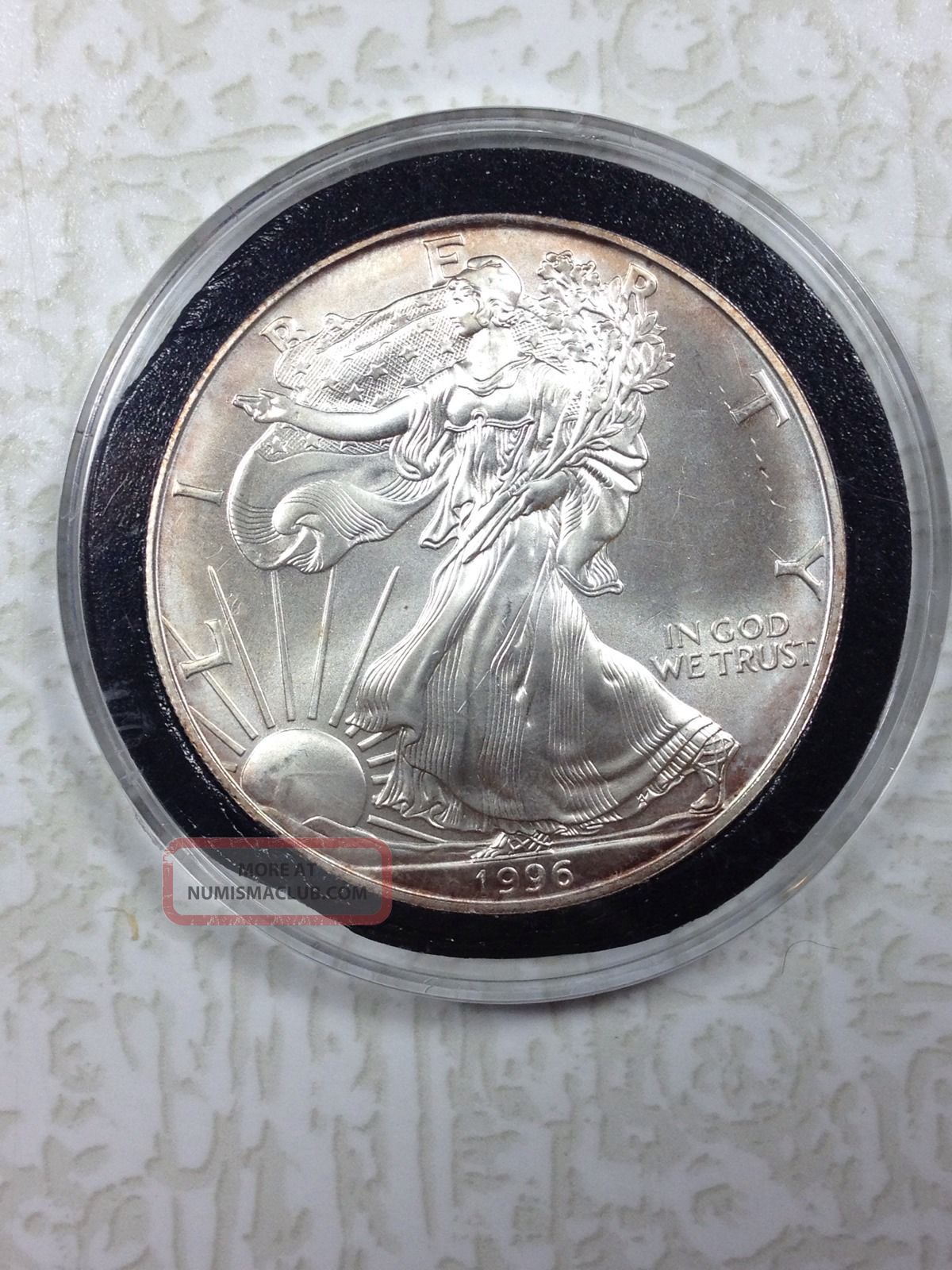How Much Is One Troy Ounce .999 Fine Silver Worth
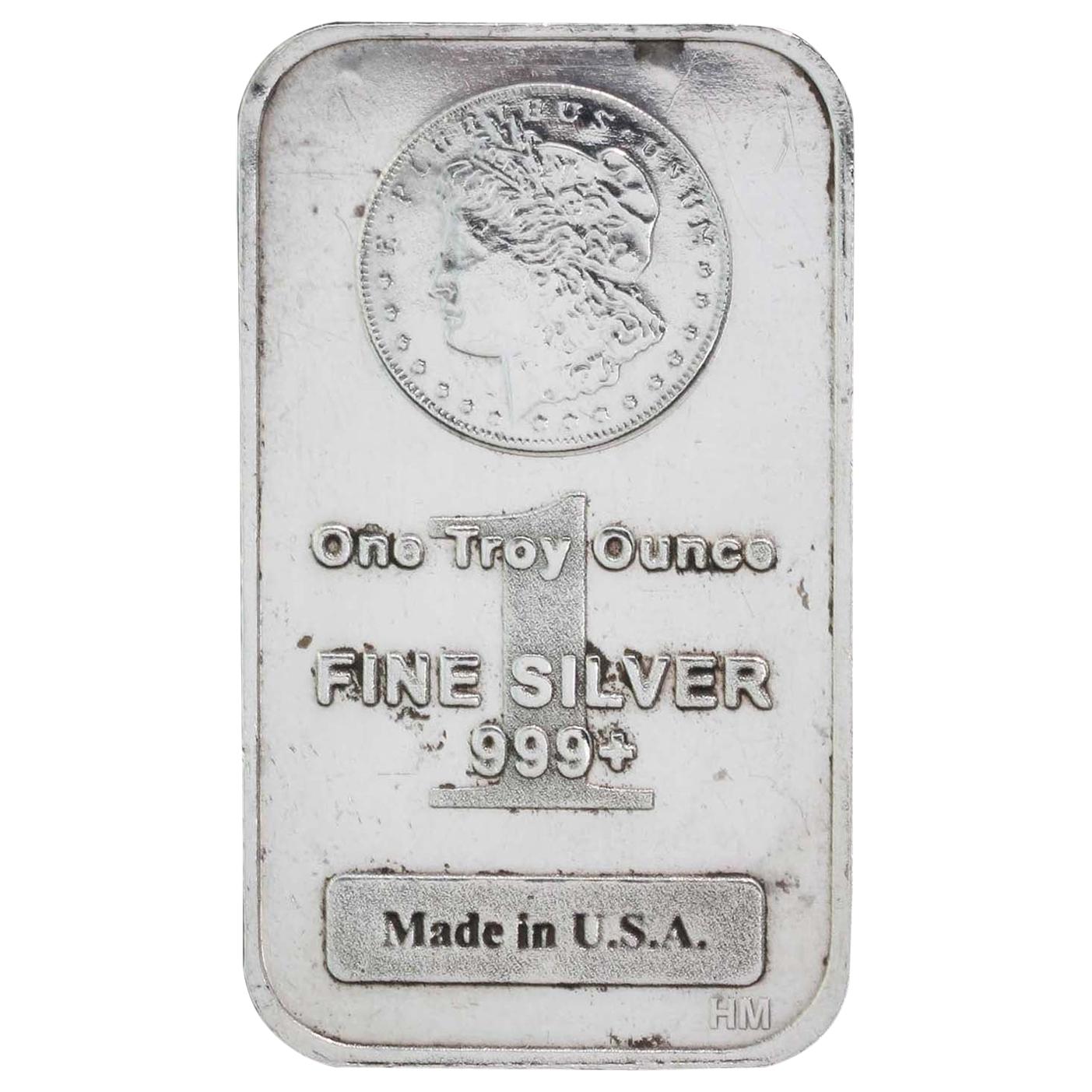
In a world teetering on the edge of economic uncertainty, the allure of precious metals, particularly silver, has surged. Investors and everyday citizens alike are increasingly drawn to its perceived stability and potential for value preservation. But what exactly is the current worth of a single troy ounce of .999 fine silver, and what factors are driving its ever-fluctuating price?
This article delves into the intricacies of silver pricing, providing a comprehensive overview of the elements that influence its value. It also offers insights into understanding the current market dynamics and what the future may hold for this coveted commodity. The goal is to arm readers with the knowledge needed to navigate the silver market effectively, whether they're seasoned investors or newcomers exploring alternative investment avenues.
The Price of Silver: A Snapshot
As of today, [Insert Current Date], the spot price for one troy ounce of .999 fine silver is approximately $[Insert Current Price]. This figure is constantly in motion, reacting to a complex interplay of economic indicators and market sentiment. It is crucial to consult reliable sources like Bloomberg, Reuters, or reputable precious metals dealers for the most up-to-date pricing information.
The spot price represents the current market value for immediate delivery. It is different from the price one might encounter when purchasing physical silver from a dealer, which will include premiums for fabrication, distribution, and the dealer's profit margin.
Key Factors Influencing Silver Prices
Several interconnected factors contribute to the fluctuating price of silver. Understanding these elements is key to comprehending the rationale behind its price movements.
Economic Indicators and Monetary Policy
Interest rates, inflation, and overall economic growth play a pivotal role in silver's valuation. Generally, lower interest rates and higher inflation tend to boost silver prices, as investors seek refuge from currency devaluation. Conversely, strong economic growth and rising interest rates can dampen silver's appeal.
Monetary policy decisions made by central banks, like the Federal Reserve in the United States, have a direct impact. Quantitative easing or tightening measures, as well as statements about future economic outlook, can significantly influence investor behavior and, consequently, silver prices.
Supply and Demand Dynamics
The fundamental principles of supply and demand are critical determinants. Silver supply is influenced by mining production, recycling rates, and government stockpiles. On the demand side, industrial applications, investment demand (including bullion and exchange-traded funds), and jewelry fabrication are major drivers.
Industrial demand constitutes a significant portion of silver consumption, as it is used in electronics, solar panels, and various other industrial processes. Any slowdown in global manufacturing or technological advancements that reduce silver usage can negatively affect its price. Conversely, increased industrial activity or new applications can bolster demand.
Geopolitical Events and Global Uncertainty
Geopolitical instability, such as wars, political unrest, or trade disputes, often triggers a "flight to safety" towards precious metals like silver. In times of crisis, investors perceive silver as a safe haven, driving up demand and pushing prices higher.
Similarly, major global events, like pandemics or significant political elections, can create uncertainty and volatility in financial markets. This uncertainty often leads to increased investment in silver as a hedge against potential economic downturns.
Market Sentiment and Speculation
Investor sentiment and speculative trading can significantly influence short-term price movements. News headlines, social media trends, and coordinated buying or selling activity by large institutional investors can create price volatility. Understanding market psychology is crucial for traders looking to capitalize on short-term price swings.
Futures markets and options trading contribute to price discovery and speculation. These instruments allow investors to bet on the future direction of silver prices, amplifying price movements based on perceived risk and reward.
Purchasing Silver: What to Consider
When considering purchasing silver, several factors should be taken into account to ensure a sound investment.
Physical Silver vs. Paper Silver
Investors can choose to purchase physical silver in the form of bullion coins, bars, or rounds. Alternatively, they can invest in "paper silver" through exchange-traded funds (ETFs), futures contracts, or mining stocks. Physical silver offers direct ownership, while paper silver provides greater liquidity and convenience but carries counterparty risk.
Premiums on physical silver can vary significantly depending on the dealer, the form of silver, and market demand. It's essential to compare prices from multiple sources and factor in storage and insurance costs when considering physical ownership.
Dealer Reputation and Authentication
When buying physical silver, it's crucial to purchase from reputable dealers to ensure authenticity and fair pricing. Look for dealers with established track records, positive customer reviews, and transparent pricing policies. Always authenticate silver purchased from less-known sources to avoid counterfeit products.
Consider using third-party grading services for valuable silver coins to verify their authenticity and condition. This can add value to your investment and provide assurance in future resale scenarios.
The Future of Silver Prices
Predicting future silver prices with certainty is impossible, but analyzing current trends and projecting potential developments can offer valuable insights.
The increasing demand for silver in green technologies, such as solar panels and electric vehicles, is expected to be a significant driver of future price appreciation. As the world transitions towards a more sustainable energy future, silver's role in these technologies will likely expand, bolstering demand.
Economic uncertainty and geopolitical tensions are likely to persist, continuing to support silver's safe-haven appeal. While short-term volatility is inevitable, the long-term outlook for silver remains positive, particularly if inflation persists and industrial demand continues to grow.
"Silver has historically acted as a store of value during periods of economic turmoil,"said John Smith, a precious metals analyst at Goldman Sachs. "Its dual role as an industrial metal and a monetary asset positions it well for future growth."
Ultimately, the value of a troy ounce of .999 fine silver is a dynamic figure, influenced by a myriad of factors. By understanding these influences and conducting thorough research, investors can make informed decisions and navigate the silver market with greater confidence.


